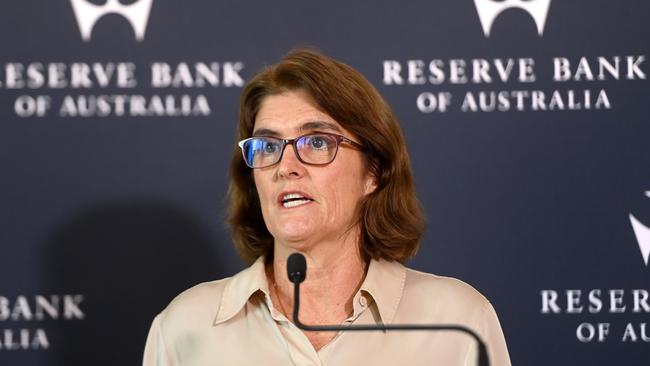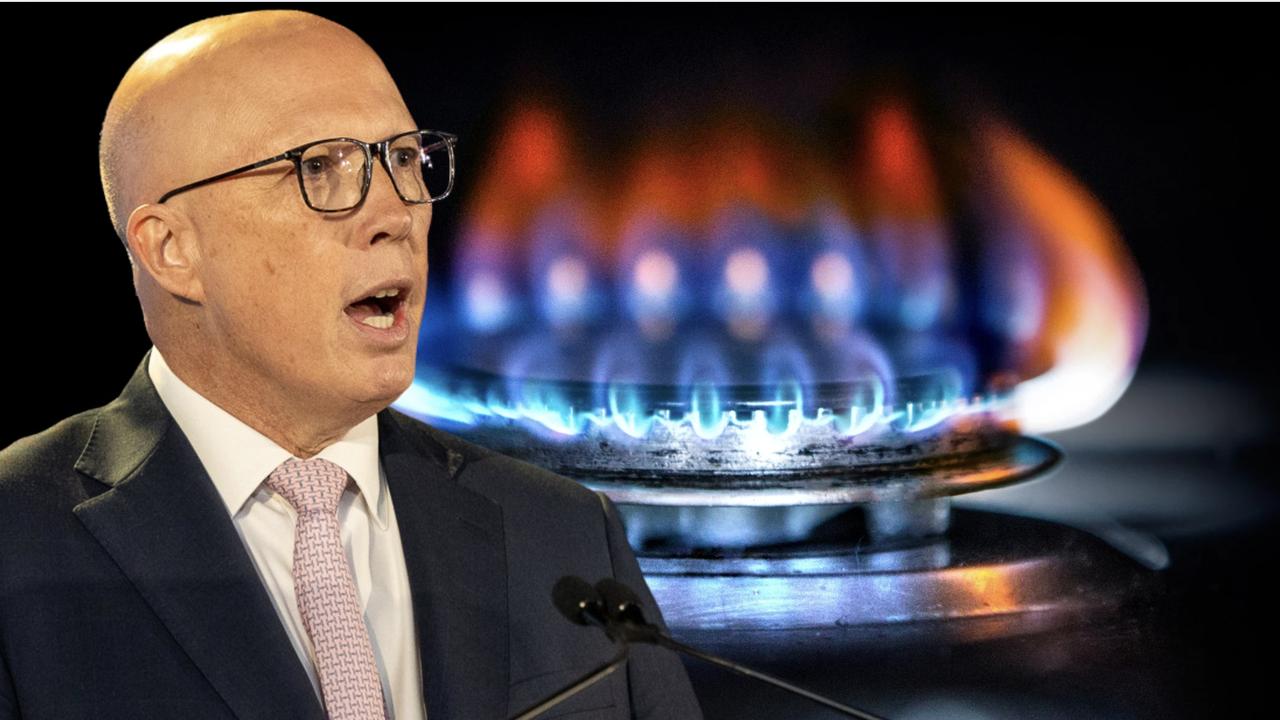Opposing economic forces mean there won’t be movement on rates anytime soon
There is no way that Reserve Bank governor Michele Bullock would lead her board to raise the official cash interest rate with the current abysmal levels of consumer spending.

Business
Don't miss out on the headlines from Business. Followed categories will be added to My News.
There is no way that Reserve Bank governor Michele Bullock would lead her board to raise the official cash interest rate with the abysmal – outright, recession-indicating – levels of consumer spending.
There is equally no way that Bullock would lead the board to cut the cash rate with inflation staying stickily above the top of the RBA’s 2-3 per cent target, and indeed, threatening to go higher with big pay increases like the ACTU’s demand for rises as high as 9 per cent.
This might seem like a longwinded way of arguing that the RBA will leave its rate unchanged at its budget-eve meeting next Tuesday. And it will. But it is really a statement of the more challenging dilemma that faces the RBA.
Should it hike, and if necessary, hike again, to really drive inflation out of the system, and perhaps even more critically out of the thinking – and fears – of
27 million Australians?
Or should it cut to head-off a job-destroying recession?
That’s an – undeniable - real overall recession, in contrast with the indisputable
per-capita recession we already have?
Or does it just sit – on its unchanged rate, and its collective hands – until “something turns up”?
Or down? Short answer: Yes. It will sit, at least this meeting.
This question – this dilemma (and answer) – is also posed against an “interesting” (to say the least) global backdrop.
Specifically, China and the US. Is China finally going to “hit the wall” from its
over-investment in domestic concrete and overwhelming penetration of industrial-world consumer spending?
Or might it actually achieve its attempted refocus to a more consumer and
services-oriented, and cyclical, rebound into 2025?
I would argue that the first has to play out at some point and/or over some extended time frame.
But at the same time, there are some really encouraging signs that it is at least on the path to the latter.
The US question is far more clear-cut.
Will Jerome Powell and the Fed, at their meeting this week, “re-pivot” 90 degrees to neutrality, or do a full-180 to actually putting possible rate hikes back on the table? My answer is the first.
The policy statement will quietly lose words suggesting rate cuts, rather than explicitly mentioning anything like a word “hike”.
I suggest that Wall Street will take this as semi-bullish. So long as “the word” does not emanate directly or indirectly from Powell’s mouth, the
AI enthusiasm will drive
the market.
But that’s only this month.
The underlying economic reality in the US displays similar challenges to our own.
US inflation has clearly kicked back this year.
In the back half of 2023, it was clearly falling towards the Fed’s much tighter 2 per cent target. It’s now rebounded into the high-3s. But at the same time, and in the same way as Australia, consumer spending has weakened.
About 300 million Americans are doing it at least as tough as 24 million or so Australians. The other 30 million/3 million are still doing fine – even fantastically fine.
So, two bottom lines. No change from our RBA/ and a semi-pivot from the Fed.
Originally published as Opposing economic forces mean there won’t be movement on rates anytime soon



